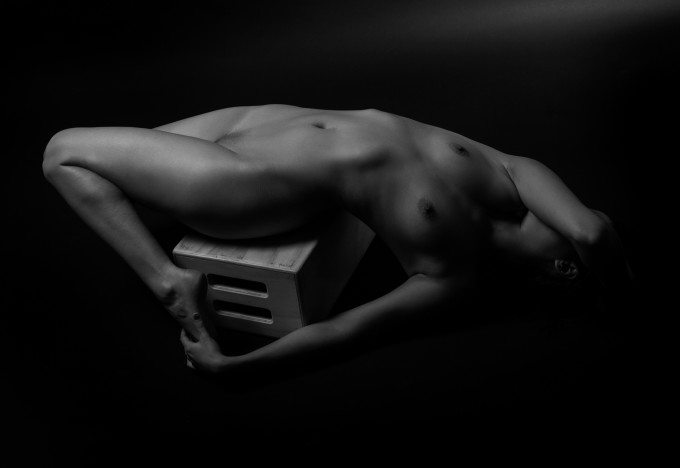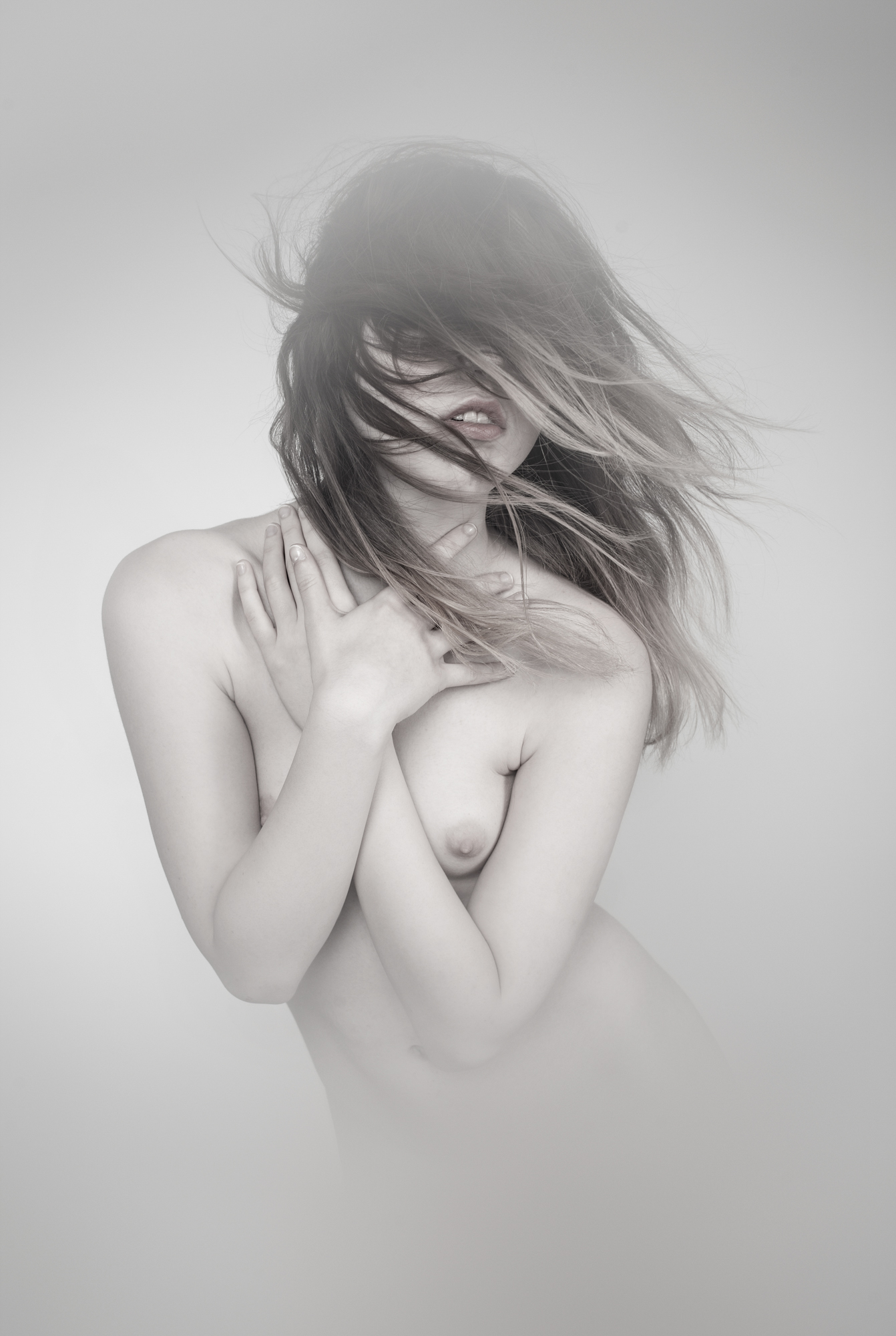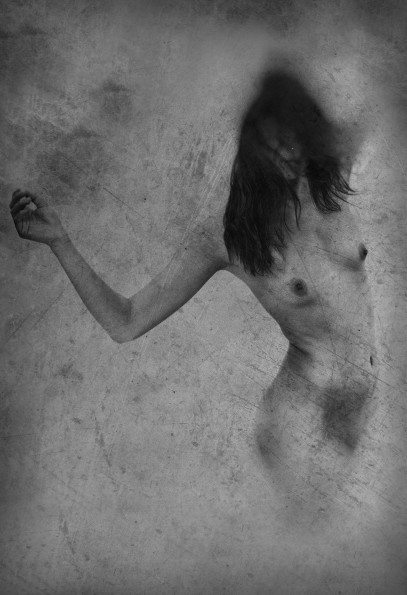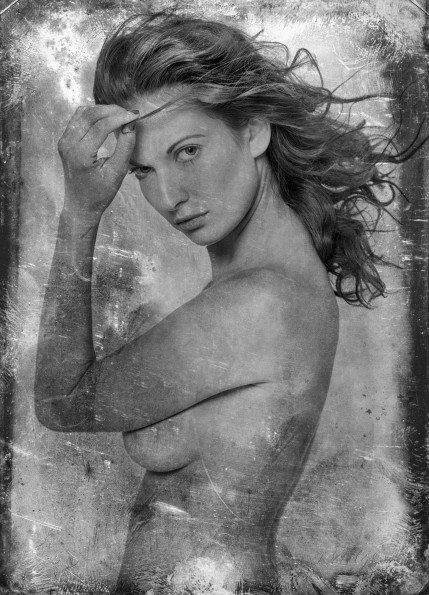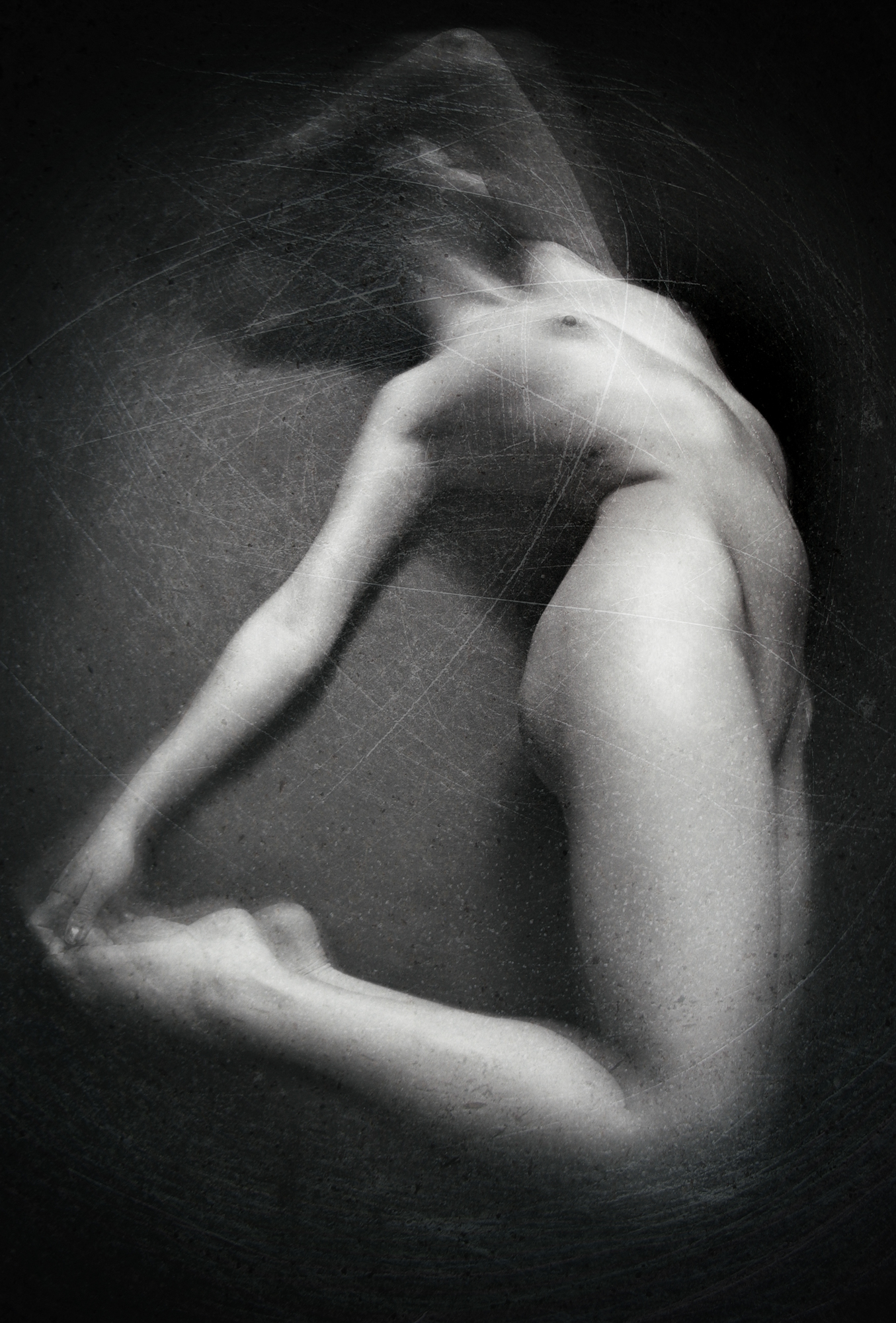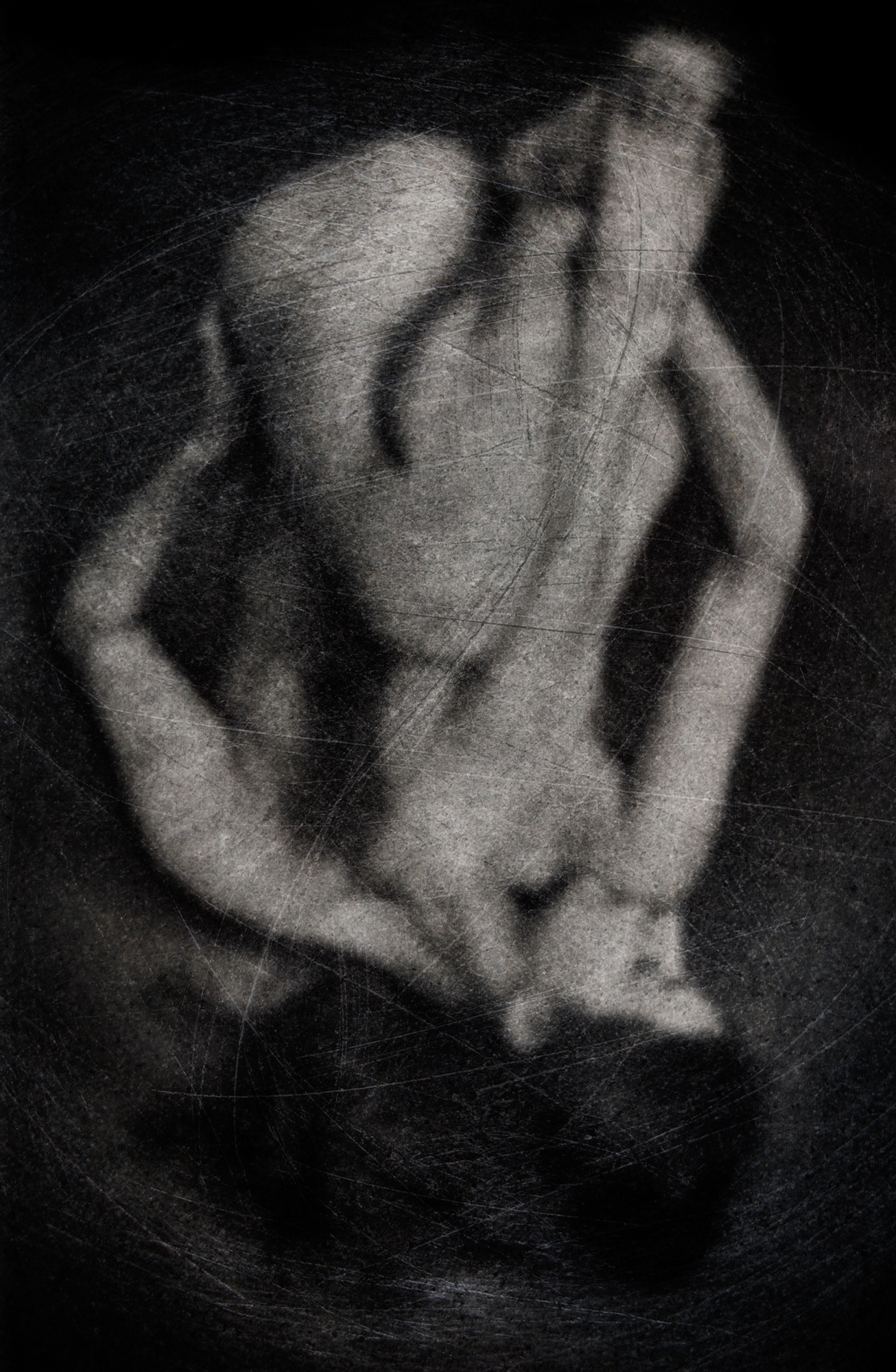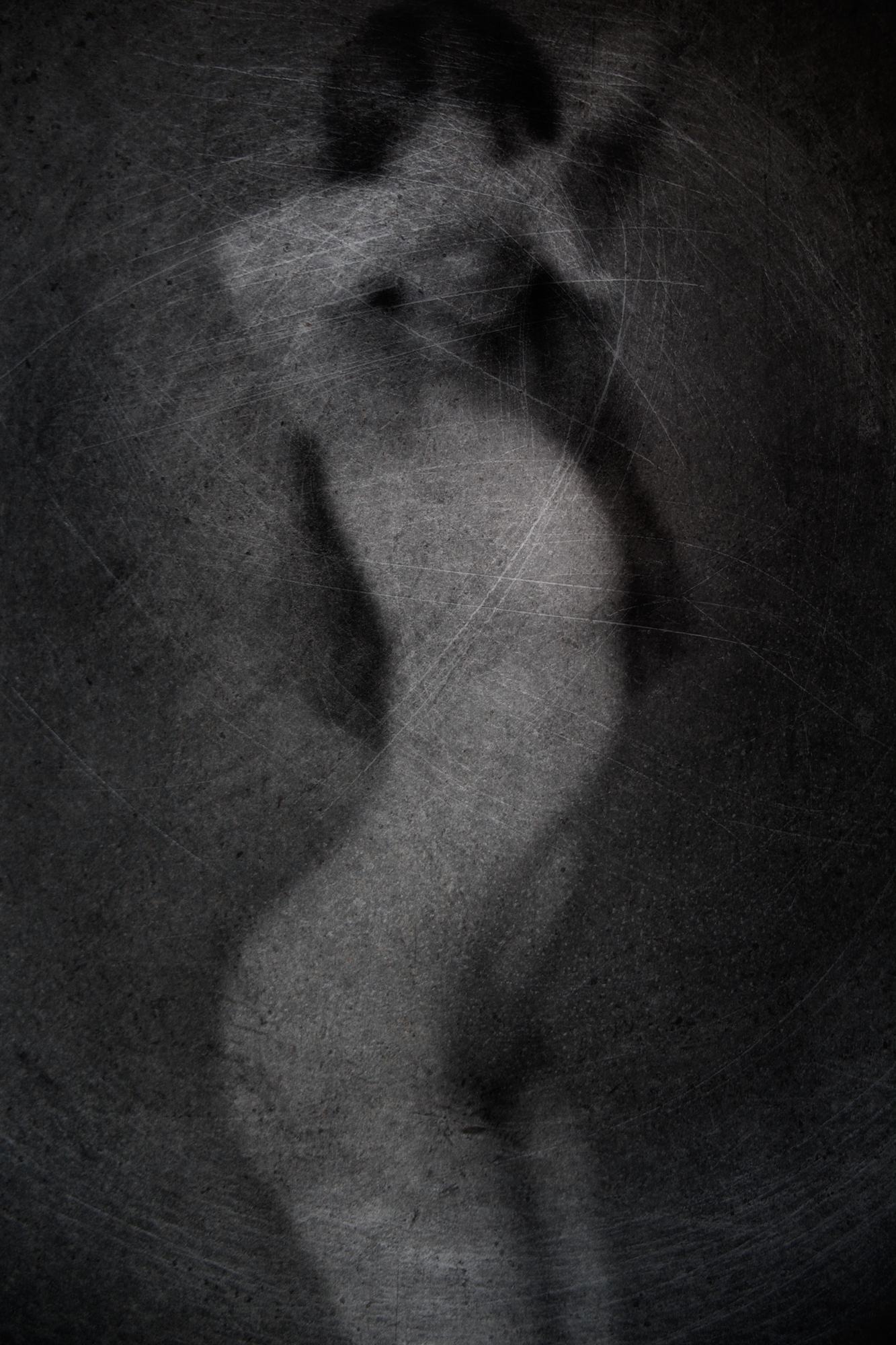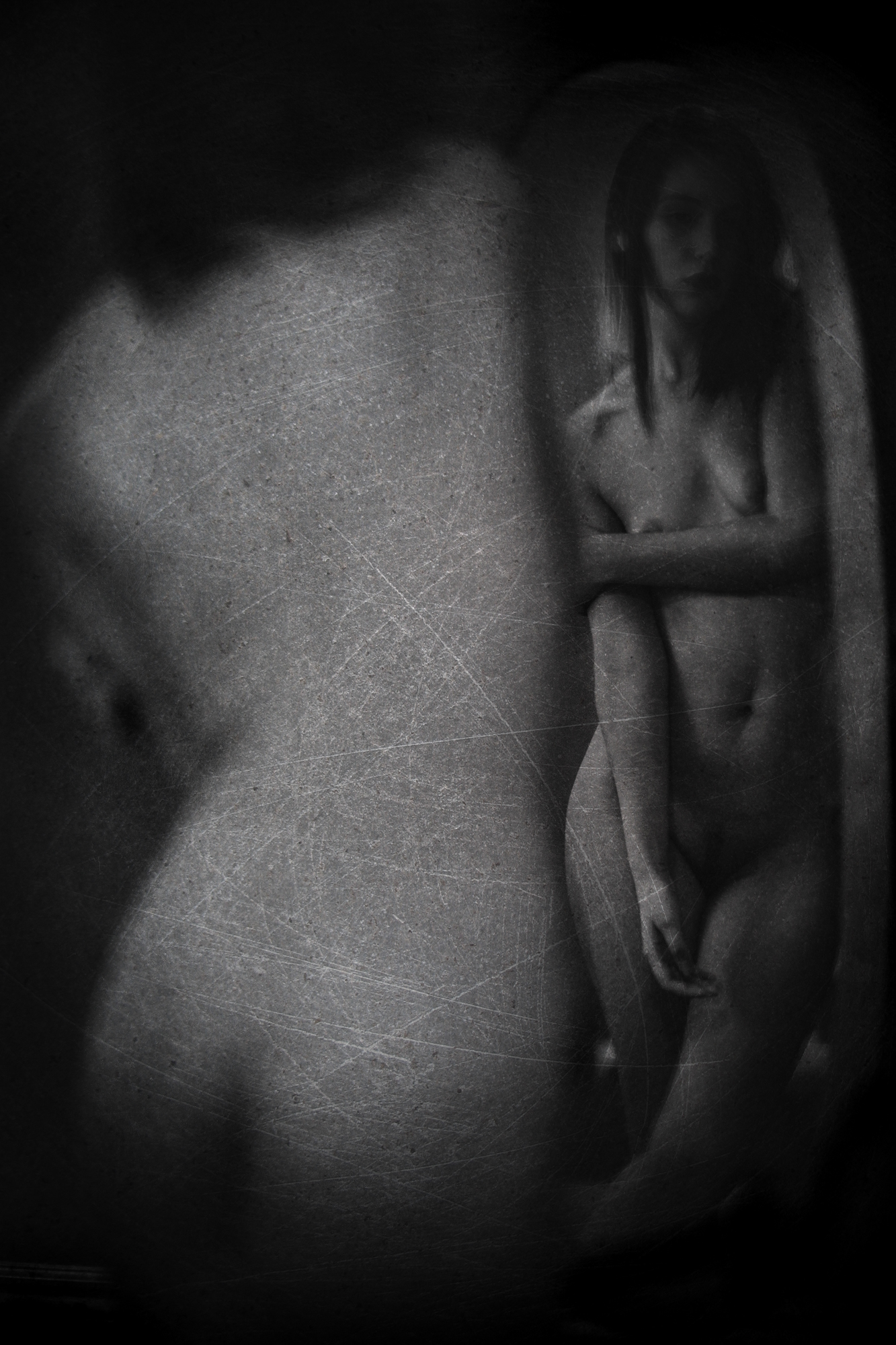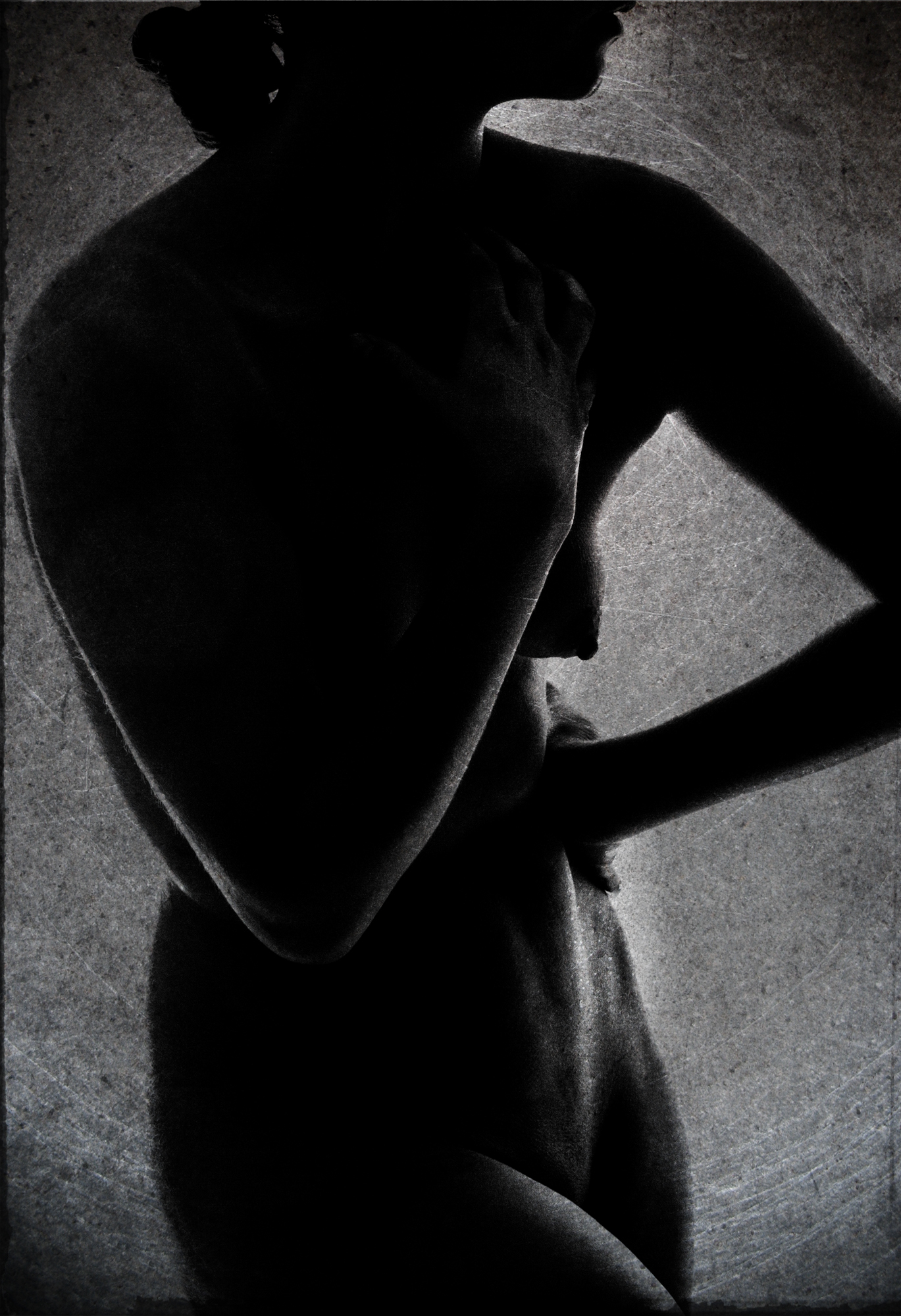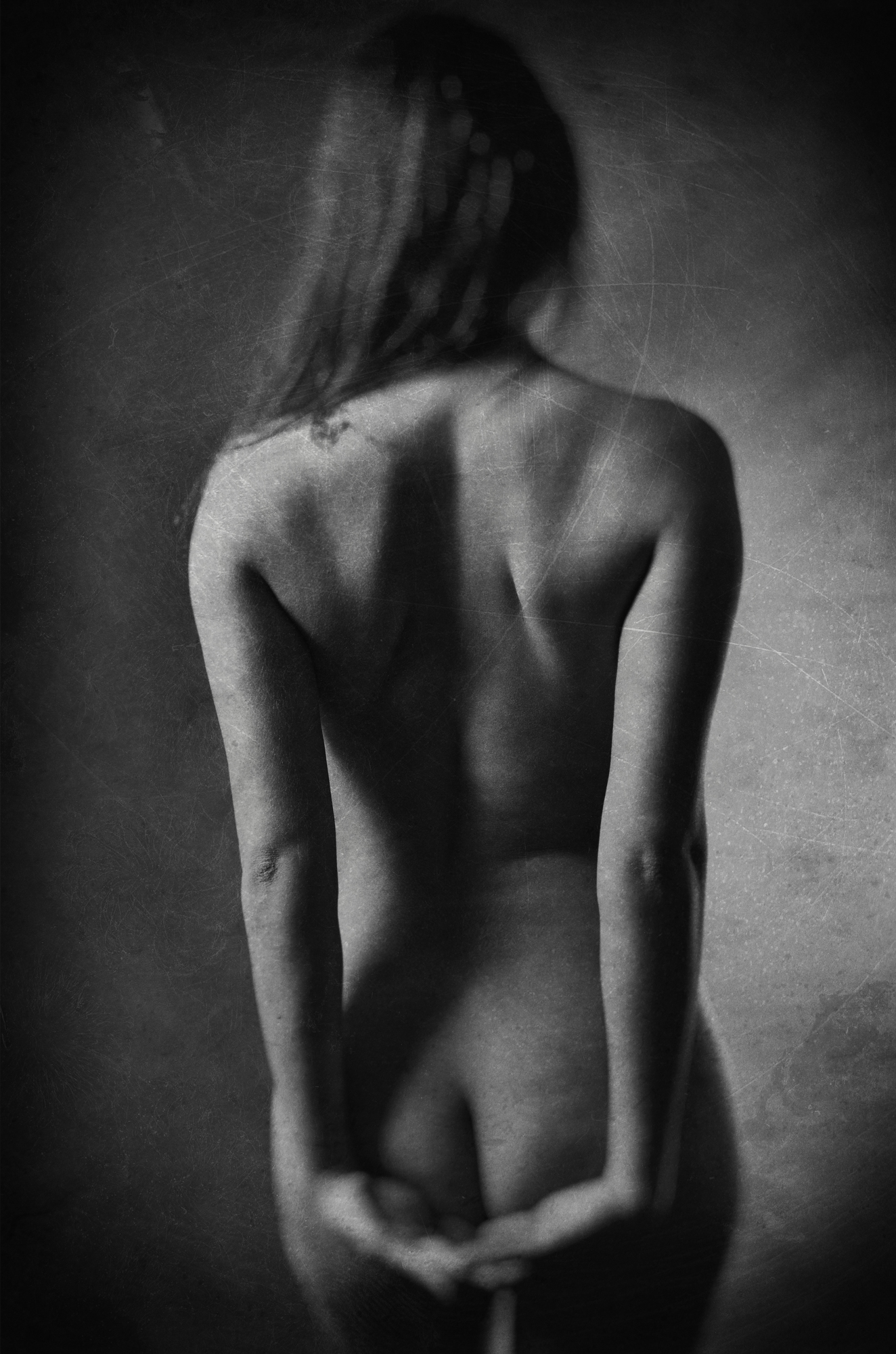Last Updated on 11/11/2021 by Chris Gampat
All images by Nathan Blaney. Used with permission.
Photographer Nathan Blaney was the first person featured on La Noir Image, the new black and white photo site from the Phoblographer. but what I didn’t know is just how deeply rooted his artistic background is in black and white photography. It comes from his work since college.
Nathan gained popularity after he photographed many of the events that happened during 9/11, and from there he got deeper into the art form focusing more on portraits. Most of his work is of children for commercial gigs, but on the side he does artistic nudes. Nathan states that this type of work is very slow and experimental than the stuff he gets paid to do.
Phoblographer: Talk to us about how you got into photography.
Nathan: I started shooting photos in college. As a BFA Studio Art candidate, we were required to take either film or still photography. I wasn’t interested in either and photo was less expensive, so that was that.
I didn’t really get into it in any conventional sense. I spent more time working at the local copy shop “photographing” stuff with the copiers, making enlargements, multi exposures, etc – all of this pre-computers. Or at least before computers were part of the art department at my school.
I took a bit of a pause from using a camera until the mid-90’s, when I was a few years out of my undergrad program. I returned to school at Parsons School of Design to attend their NYC Art Education Certification program, so I could teach K-12 Art. One of the things I needed to do then, and from then on, was to document my kid’s work, so a camera was something I had on hand at all times. It became a more fluid tool for me and it wasn’t that long before I put painting aside and started shooting photos with artistic intention.
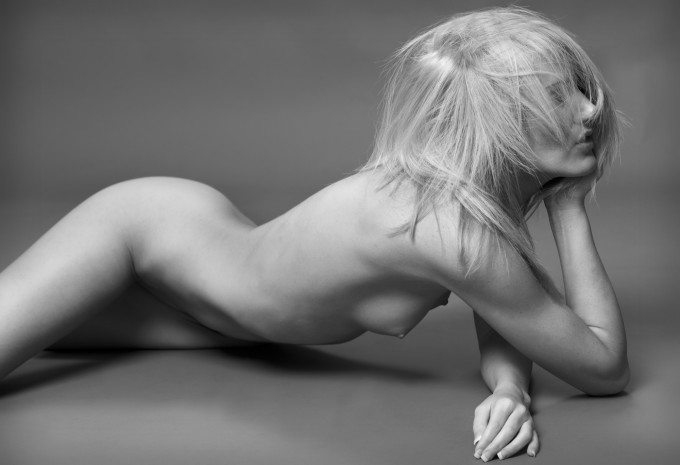
Phoblographer: How did you get into doing portraiture?
Nathan: So, I was teaching for a while and shooting a bit. My school at the time happened to be rather close to the WTC on 9/11 so I photographed that. Many major news outlets published my photos from that day and that sort of set me off in a photojournalistic path. But along with that, I was still playing in bands – so music photography was a great fit, and I did a lot of that sort of work. Along the way, a writer asked me if I shot headshots. Well, no – but as an artist I knew at least what made a decent portrait. So, I took some really awful headshots for her and was pointed in a new direction. It took quite a few years for me to actively engage with portraiture as a specific art subject.
Phoblographer: How did you first get into doing this type of work?
Nathan: When I was a junior in high school, I was given a summer study scholarship to RISD, and took figure drawing. That class and subsequent ones set me on a path of figurative work. Almost all of my undergrad work was related to the figure in some way, regardless of media. My degree was in general studio art (we didn’t have an option of specialization) so I explored working with the figure in many ways.
Phoblographer: Your black and white nudes are much different from your other work. So what made you want to get into doing it?
Nathan: Well, working in black and white is just my go-to thing. I am more in tune to it than I am color – always have been. Charcoal, graphite or photo. It just resonates with me and I can see it all in my head before it actually happens.
So, having worked with the figure in traditional media for so long, it was clear to me that once I felt skilled with photographic materials, that it should be something I should explore – just a natural extension of what I’ve done before.
Phoblographer: You’ve been shooting for many years now. So what do you feel has become a signature part of your own creative vision and the way that you try to create images?
Nathan: Hmm… a signature part of my work? I guess that’s hard to nail down. Speaking in general, typically shallow DOF and clean, but hopefully effortless looking images. For the nudes? Its more about the gesture and texture – which if I had any images of my undergrad work to share, you’d see immediate connections between them.
Phoblographer: This work is much different from your more commercial normal stuff: which includes music and child portraiture. How do you approach this type of work differently than you would with the primary body of work that you do?
Nathan: Oh yes indeed! This is work I produce slowly and periodically when I’ve got the motivation and inspiration. It’s why I actually have a relatively small collection (I was tempted to say “body”) of work that I’m proud of. There has to be some idea or motivation. It often has come from a conversation with the model – and there are a couple that I’ve worked with for years, so we’re more collaborators than anything else.
The music stuff is cool and I take the occasional assignment but it’s rather straight forward, so I don’t give it a lot of effort these days, honestly. But, the kids fashion and portraiture is something that while not for everyone, is a great fit for me. As someone who’s taught elementary/middle school art for about 20 years, I know how to work with kids and they respond – so the agencies, parents and designers all seek me out. They know I’ll get the images they need – not everyone can or wants to work with kids. So, that work is the bulk of it – and its great – but as a creative person, I have something totally different in mind for shooting the figure. I’ve certainly had people point out some overlaps in my treatment of images across the subjects but its incidental.
Phoblographer: So what’s the end game with this work? A book? Gallery?
Nathan: I’ve exhibited a fair amount of work in galleries, but certainly not enough. That’s where I’m going primarily. It’s always a project in the works. For some reason, a book of this work doesn’t resonate but it’s not out of the question, I guess. I published a book earlier this year of my street photography in Berlin and that was pretty satisfying and I have another book in the works – but that’s been 4 years or so in progress so stay tuned for that one.


